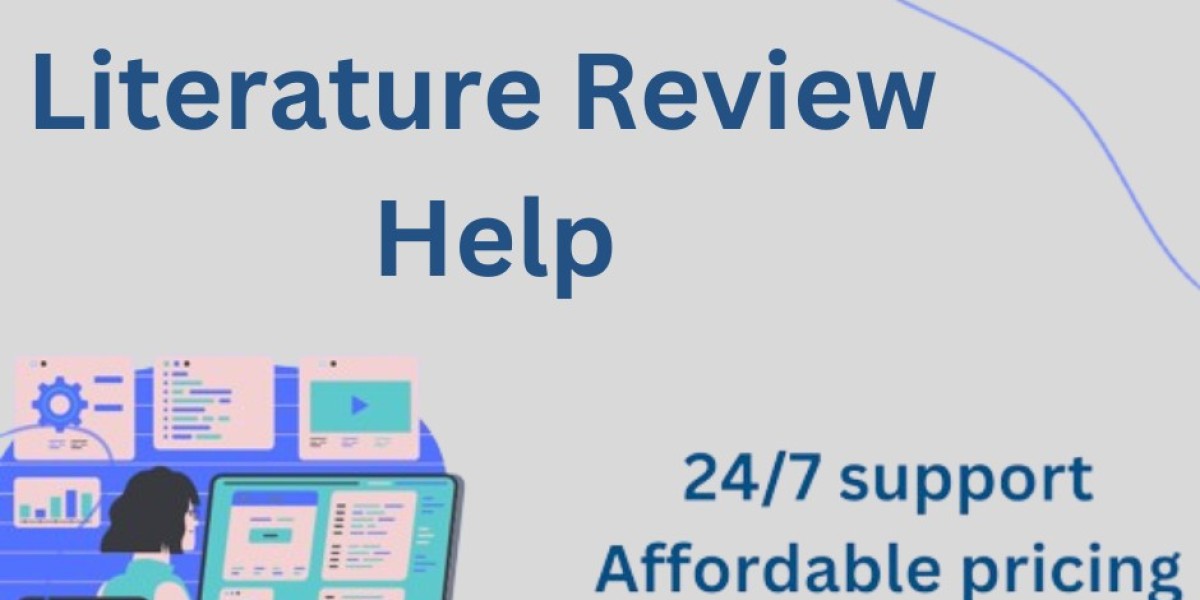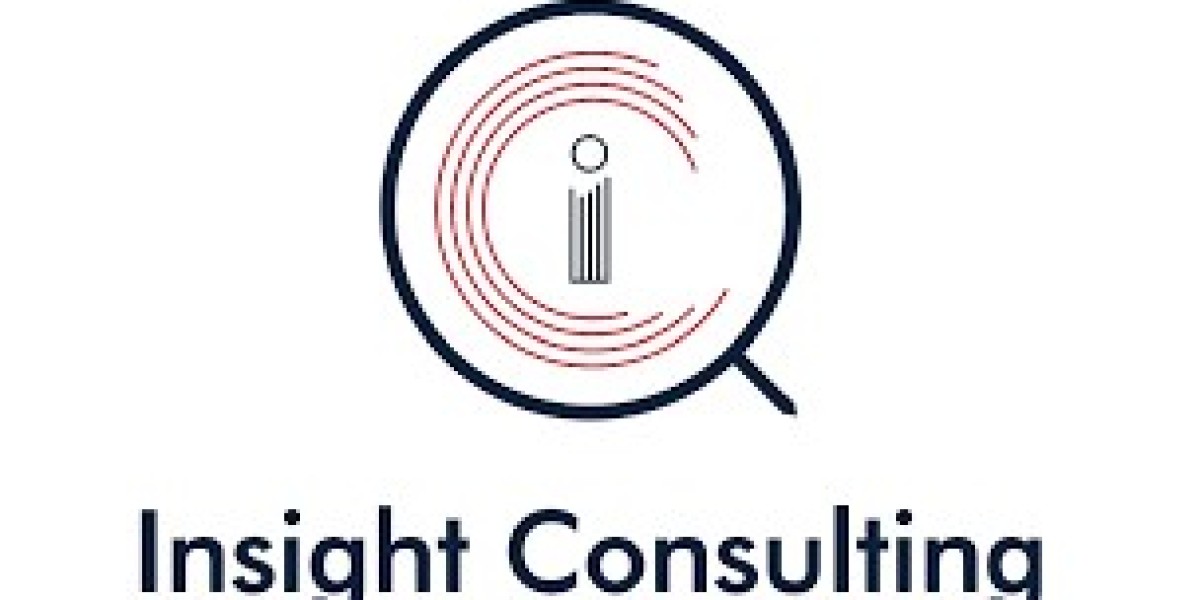Introduction
A literature review is a crucial part of any research paper, dissertation, or thesis. It helps establish the research foundation, identifies gaps, and contextualizes findings. However, many students and researchers make critical mistakes that can undermine the credibility of their work. Avoiding these common pitfalls ensures a well-structured, comprehensive, and impactful . Below are the ten most common mistakes in Literature Review Help and expert tips on how to avoid them.
1. Lack of a Clear Research Focus
One of the most frequent mistakes is failing to define a clear research question or objective. A literature review should have a specific focus that aligns with your research goals. Without a well-defined focus, the review can become too broad or irrelevant.
How to Avoid It:
Clearly define your research question or hypothesis before starting.
Ensure every source you include is relevant to your research focus.
Organize your review to address specific themes or concepts related to your study.
2. Relying on Outdated Sources
Using outdated sources can weaken the credibility of your literature review. While historical references may be necessary in some cases, relying solely on older studies can make your research appear irrelevant.
How to Avoid It:
Prioritize recent studies, especially those published in the last five to ten years.
Cross-check older references with newer research to ensure their findings remain valid.
Use academic databases like Google Scholar, PubMed, and JSTOR to find the latest research.
3. Poor Organization and Structure
A literature review must follow a logical structure. Some students present their findings in a disorganized manner, making it difficult for readers to follow the discussion.
How to Avoid It:
Use a structured format such as chronological, thematic, or methodological organization.
Begin with an introduction, followed by key themes, and conclude with a summary of findings.
Use subheadings to guide readers through different sections.
4. Over-Reliance on Direct Quotes
While direct quotes can be useful, overusing them may indicate a lack of original analysis. A literature review should synthesize information rather than merely list citations.
How to Avoid It:
Paraphrase key findings instead of quoting extensively.
Analyze and interpret studies to provide a unique perspective.
Use direct quotes only when the original wording is essential.
5. Ignoring Contradictory Studies
Many researchers focus only on studies that support their argument, ignoring opposing views. This can lead to bias and a one-sided review.
How to Avoid It:
Include contrasting perspectives to provide a balanced review.
Analyze how different studies contribute to the overall understanding of the topic.
Discuss why conflicting results exist and what factors influence them.
6. Lack of Critical Analysis
Summarizing research without critically analyzing it is a common mistake. A good literature review should not only describe studies but also evaluate their reliability and relevance.
How to Avoid It:
Compare and contrast different studies rather than just listing them.
Assess the methodologies, sample sizes, and limitations of each study.
Highlight trends, gaps, and areas requiring further research.
7. Failure to Cite Sources Properly
Incorrect citation style or missing references can lead to plagiarism and lower the quality of the review. Citation styles such as APA, MLA, and Chicago have specific guidelines that must be followed.
How to Avoid It:
Use citation management tools like EndNote, Zotero, or Mendeley.
Follow the required citation style consistently.
Cross-check all references to ensure they are complete and correctly formatted.
8. Writing Without a Clear Synthesis
Simply listing studies without integrating them into a cohesive discussion weakens the impact of a literature review. A strong review should connect different sources and demonstrate how they contribute to the research.
How to Avoid It:
Identify common themes and trends among different studies.
Explain how each study relates to your research question.
Develop a narrative that links various sources logically.
9. Using Non-Scholarly Sources
Including unreliable or non-peer-reviewed sources can compromise the credibility of a literature review. While blogs, Wikipedia, and news articles may provide general insights, they lack the rigor of academic research.
How to Avoid It:
Use only peer-reviewed journal articles, books, and credible sources.
Verify the credibility of sources by checking the author's credentials and publication details.
Cross-reference information from multiple reputable sources.
10. Not Revising and Proofreading
Even well-researched literature reviews can suffer from grammatical errors, inconsistencies, and unclear arguments. Failing to proofread can undermine the professionalism of the work.
How to Avoid It:
Take a break before reviewing your draft to see it with fresh eyes.
Use grammar-checking tools like Grammarly or Hemingway Editor.
Seek feedback from peers, mentors, or professional editors.
By avoiding these common mistakes, you can enhance the quality and impact of your literature review. A well-structured and critically analyzed review strengthens your research and contributes to academic discussions. If you need Literature Review Help, ensure you follow best practices to improve your work’s credibility.
One of the best ways to create a strong literature review is to focus on quality over quantity, ensuring that each source adds value to your research.
Conclusion
A literature review is more than just summarizing previous research—it requires critical analysis, synthesis, and organization. Avoiding common mistakes such as outdated sources, poor structure, lack of citations, and insufficient critical analysis will make your review more effective. By following best practices, you can create a compelling, well-researched literature review that strengthens your academic work.



